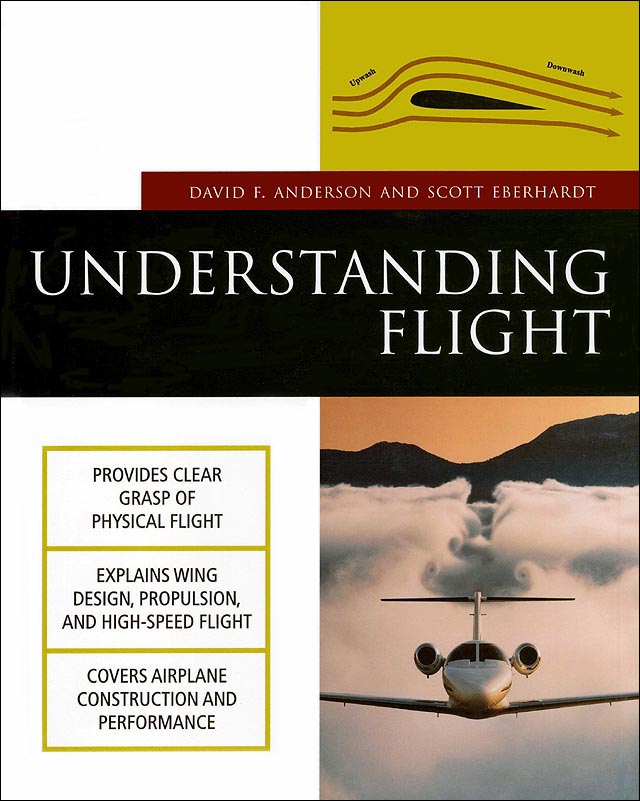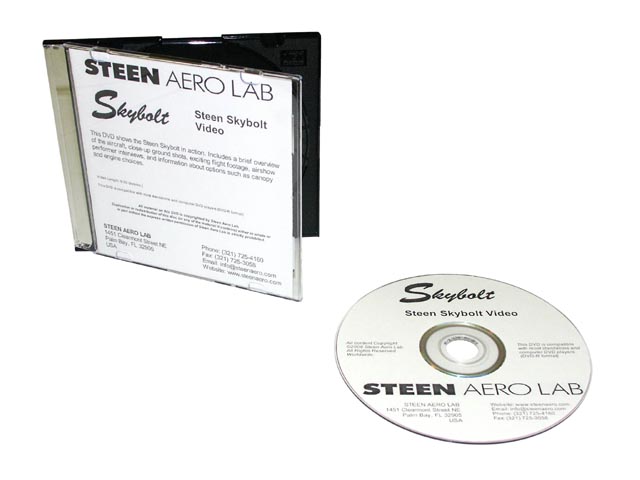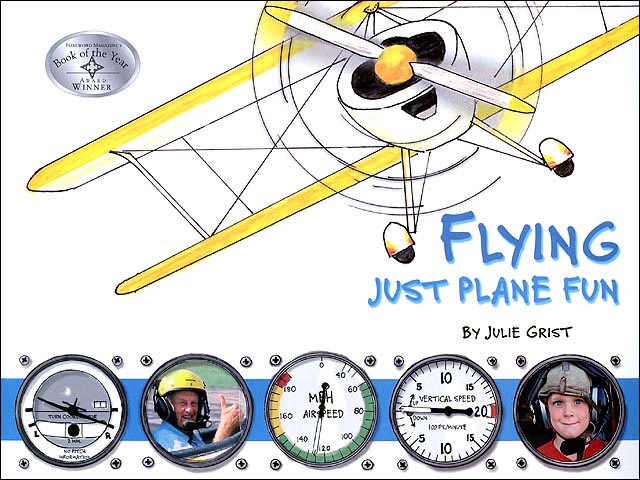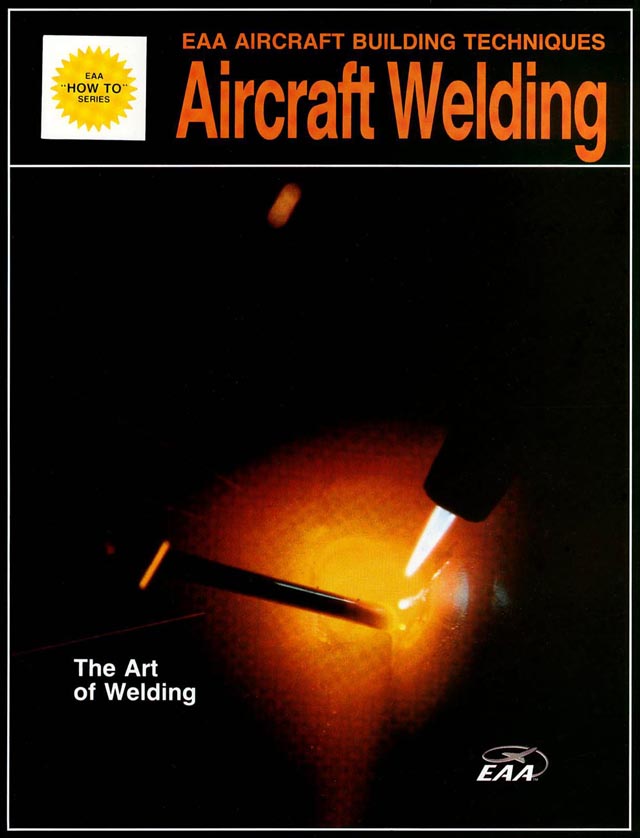Description
Unlike many books covering the principles involved in the flight of aircraft, this book avoids most of the math and highly esoteric theories in favor of exploring the root concepts behind the principles of flight, using a readable conversational style. For someone interested in learning about aerodynamics and what makes aircraft fly, this would be a good first read to introduce most of the concepts in a meaningful way (without adding an extra layer or three of confusion by trying to simultaneously learn and understand complex mathematical formulas). In fact, nearly all of the math in this book is of the conceptual type… “Newton’s second law says that the force is equal to the mass times acceleration” and so forth. While not delving very deeply into the algebra and calculus used to precisely calculate aircraft performance, this book does a good job of conveying many important principles and putting them into a useful context. The text contains many real-life examples where aircraft utilize the features being discussed, and there are many illustrations and charts to further enhance understanding. There are also many sidebars with interesting historical “factoids” relating to the topic at hand. The authors even manage to debunk quite a few very common misconceptions and demonstrations incorrectly attributed to Bernoulli’s principle.
Written by David F. Anderson and Scott Eberhardt, Copyright 2001. ISBN 0-07-136377-7. Published by McGraw-Hill. 256 Pages, Softcover.
Chapters include:
| Introduction 1. Basic concepts 2. How airplanes fly 3. Wings 4. Stability and Control |
5. Airplane Propulsion 6. High-speed flight 7. Airplane performance 8. Aerodynamic testing Appendix Index |





Reviews
There are no reviews yet.